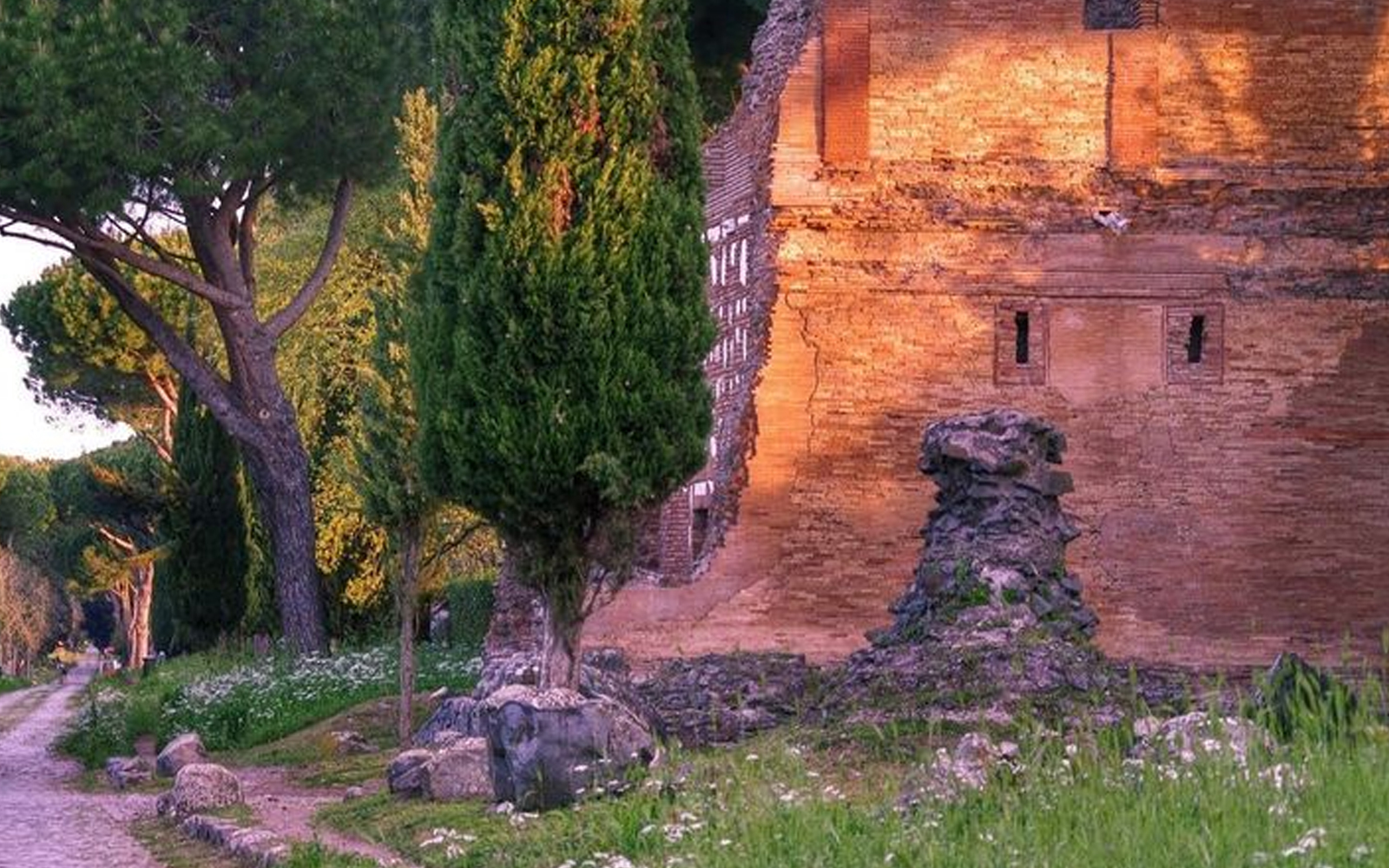
Italy has added another site to its prestigious UNESCO World Heritage List, marking its 60th inclusion. The ancient Roman road, Via Appia, was inscribed on the list on Saturday.
Stretching over 800 kilometers, the Via Appia, also known as the “Queen of Roads,” is the oldest and most significant of the grand roads constructed by the ancient Romans starting in 312 BC. This road revolutionized infrastructure and quickly became the most important route connecting Rome to the southern part of the Italian Peninsula. It was a strategic corridor that ensured all-weather access and enabled the rapid movement of Roman legions.
The proposal to include Via Appia in the UNESCO World Heritage List, prepared by the Italian Ministry of Culture, was successfully accepted during the 46th session of the World Heritage Committee held in New Delhi, India.
“Originally conceived as a strategic road for military conquest toward the east and Asia Minor,” stated UNESCO, “the Via Appia later facilitated the growth of the cities it connected and the establishment of new settlements, boosting agricultural production and trade.”
The road comprises 22 segments and represents a collection of works that illustrate the advanced technical skills of Roman engineers in road construction, building projects, infrastructure, extensive drainage works, and a range of monumental structures, according to UNESCO.
Today, the Via Appia is not only a large open-air museum, which began to be established in the 19th century, but also a vast green space where both Romans and tourists spend their leisure time, cycling, hiking, and visiting historical sites. The entire area is a protected archaeological park.
Named after Appius Claudius Caecus, the Roman censor who initiated and completed its first segment, the road has been recognized for its historical significance. Italian Minister of Culture Gennaro Sangiuliano noted that this inscription acknowledges the “universal value of an extraordinary technical achievement that was crucial for centuries for commercial, social, and cultural exchanges with the Mediterranean and the East” .


